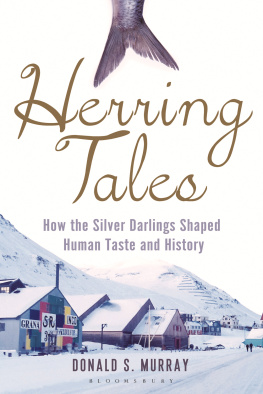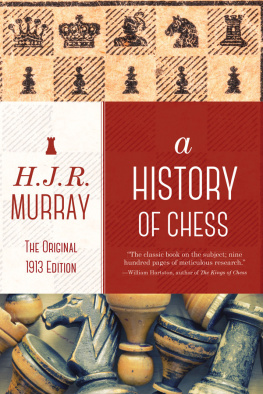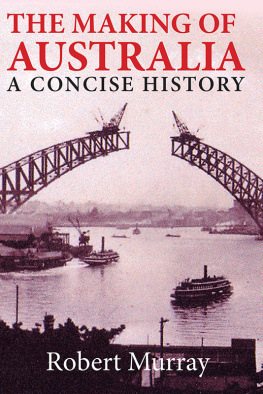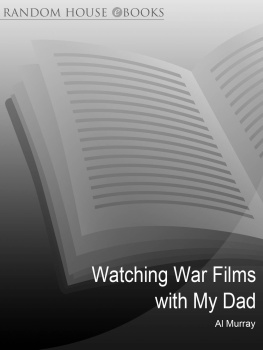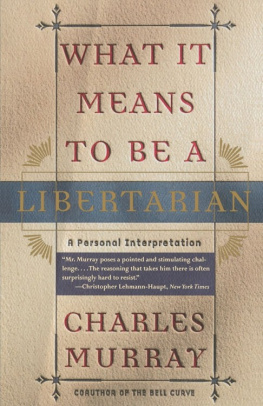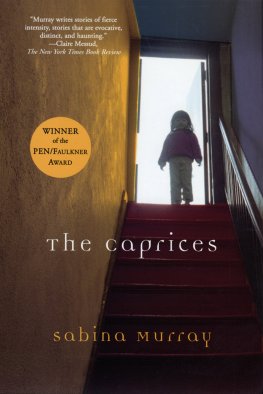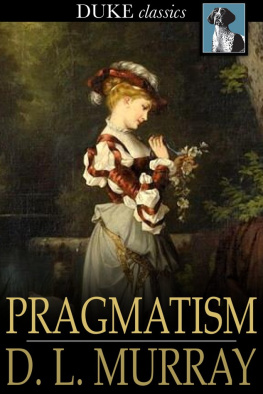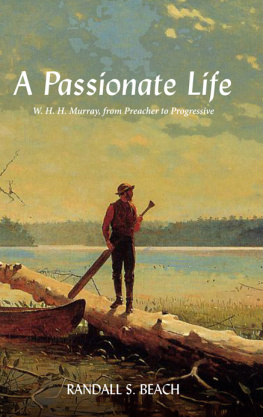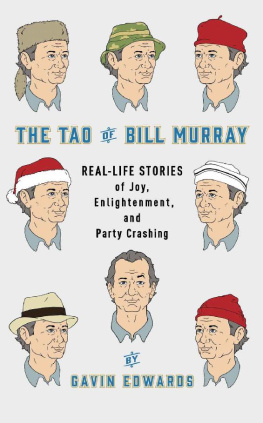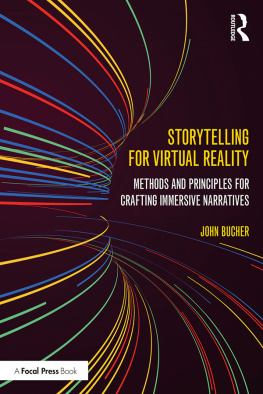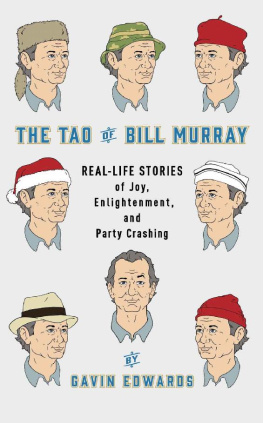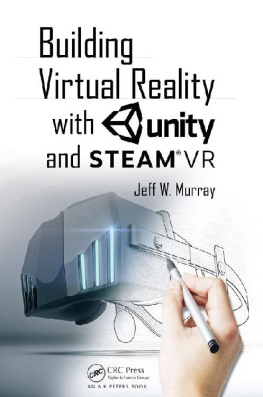We hope you enjoyed reading this Free Press eBook.
Join our mailing list and get updates on new releases, deals, bonus content and other great books from Free Press and Simon & Schuster.
C LICK H ERE T O S IGN U P
or visit us online to sign up at
eBookNews.SimonandSchuster.com
Thank you for downloading this Free Press eBook.
Join our mailing list and get updates on new releases, deals, bonus content and other great books from Free Press and Simon & Schuster.
C LICK H ERE T O S IGN U P
or visit us online to sign up at
eBookNews.SimonandSchuster.com

J ANET H. M URRAY is Senior Research Scientist in the Center for Educational Computing Initiatives at MIT. She holds a Ph.D. in English from Harvard and teaches interactive fiction writing in MITs Film and Media Studies Program. A pioneering figure in humanities computing, she has won several awards including a Gold CINDY and an Educom Special Recognition Award for interactive design. She has taught humanities at MIT since 1971, and she served from 1992 to 1996 as the founding director of the Laboratory for Advanced Technology in the Humanities. She lives with her husband and two children in a suburb of Boston.
www.SimonandSchuster.com
authors.simonandschuster.com/Janet-H-Murray

THE FREE PRESS
A Division of Simon & Schuster Inc.
1230 Avenue of the Americas
New York, NY 10020
www.SimonandSchuster.com
Copyright 1997 by Janet Horowitz Murray
All rights reserved, including the right of reproduction in whole or in part in any form.
THE FREE PRESS and colophon are trademarks of Simon & Schuster Inc.
HOLODECK is a trademark of Paramount Pictures Corporation. All Rights Reserved.
Designed by Carla Bolte
Jacket design by Alexander Knowlton @ Best Design Incorporated
Author photo by Nicholas Altenberind
Library of Congress Cataloging-in-Publication Data
Murray, Janet Horowitz, 1946
Hamlet on the holodeck : the future of narrative in cyberspace / Janet H. Murray.
p. cm.
Includes index.
1. Interactive multimedia. 2. Virtual reality. 3. LiteratureHistory and criticism. 4. Narration (Rhetoric) I. Title.
QA76.76.159M87 1997
809.0028567dc21
97-9187
CIP
ISBN 0-684-82723-9
ISBN-13: 978-1-4391-3613-3 (eBook)
Contents
For my son, William
Acknowledgments
I have many people to thank for their generous aid in writing this book.
This is very much the book of someone who has spent the past twenty-five years at MIT, and I must begin by thanking those that I have worked with and learned from.
First of all, I am grateful to my students. Some of those in the interactive fiction writing course I have taught since 1992 are mentioned by name in the text of this book, but many more of them contributed imaginative and inventive projects that helped push my thinking about the new medium. I am particularly grateful to the graduate students whose theses I helped advise, including Ayshe Farman-Farmaian, Mark Halliday, Kevin Brooks, and Bradley Rhodes. I also learned a lot from working with Freedom Baird, Lee Morgenroth, David Kung, Michael Murtaugh, Richard Lachman, and Dave Tames. Most of these graduate students were members of Glorianna Davenports Interactive Cinema Group at the Media Lab, and I am grateful to her for including me in their work. I am grateful as well to Jeffrey Morrow and Matthew Gray for programing versions of the Character Maker/Conversation program discussed in chapter 8.
I feel very fortunate to have been able to spend time with members of the Assassins Guild, the virtuoso role-playing group at MIT, who graciously let me observe some of their games. In particular, I want to thank Seth McGinnis for introducing me to the Guild, and Andrea Humez for letting me see how an expert gamemaster works.
My work on digital media has been supported by three MIT deans, Harold Hanham, the late Ann Friedlaender, and Philip Khoury, and it was made possible by the help of my colleagues in the School of Engineering and the Media Lab, who were always ready to think about making something new and useful. My thinking about the aesthetics of the medium has been enriched by the process of designing software for humanities education, and I am grateful to all of those I have worked with in that effort. As one MIT engineer is fond of saying, the early Christians get the best lions, and we were very early into the arena and still have the wounds to show for it. I want to thank all the participants in and advisors to the Athena Language Learning Project, Berliner sehen, the Shakespeare Electronic Archive, and the Virtual Screening Room for the privilege of working with them on interactive design. I am particularly grateful to Douglas Morgenstern, who first suggested to me that we make interactive video narratives from the simulations he ran in his foreign language learning class, and who has been an unceasing source of creative ideas and friendship through almost fifteen years of collaborative work.
One of the great privileges of working in humanities computing in the past two decades has been my friendship with Larry Friedlander of Stanford University. The chapter Transformation owes much to my conversations with him, but more than that, his generous imagination has been a continuing source of inspiration to me.
I presented many of the core ideas in this book at conferences with participants who ranged from English teachers to computer scientists, and I have benefited from the thoughtful and energetic responses I received on all of those occasions. I am particularly grateful to have participated in the symposia Believable Characters (1994) and Interactive Story Systems (1995), both organized by Joseph Bates for the American Association for Artificial Intelligence, and in the Lifelike Computer Characters Conference of 1995. I also gained much from participation in the Future of Media Studies conference held at MIT in October 1995 and the Computers and Humanities Workshop held at MIT in May 1994. In addition I am grateful for having the chance to present my ideas at Mitsubishi Electric Research Laboratory, the Modern Language Association, the National Council of Teachers of English, the Association for Computers in the Humanities, the Paris conference Littrature Gnr par Ordinateur, and a 1995 NEH Summer Institute on hypertext directed by Jay Bolter and Michael Joyce.
Most importantly, I owe a very large debt to those who graciously read large parts of the manuscript, often at very short notice: especially Norman Holland, Henry Jenkins, Sherry Turkle, and Peter Petre; and also Amy Bruckman, Bernice Buresh, Ann Banks, Glorianna Davenport, Tom Englehardt, Lenny Foner, Bradley Rhodes, Scott Reilly, and Harriet Rosenstein. I have been saved from many errors and confusions by their help. Whatever faults remain are entirely my own.
I also wish to thank those who took the time to answer crucial questions or who helped me to sort out my ideas in key conversations, including Hal Abelson, Hal Barwood, Joseph Bates, Robert Berwick, Jeffrey Bigler, Jay Bolter, Gregory Crane, Peter Donaldson, Steve Ehrmann, Clark Elliott, Sue Felshin, Richard Finneran, Ken Haas, Nick Hildebidle, David Jones, Noah Jorgensen, Michael Joyce, George Landow, Brenda Laurel, Steve Lebrande, Steven Lerman, Michael Malone, Stuart Malone, Kenneth Mayer, Ruth Perry, Barbara Sirota, Vivian Sobchack, David Thorburn, Lily Tomlin, Jane Wagner, Joseph Weizenbaum, Catherine White, Patrick Winston, and Gerald Wyckoff.
Next page

